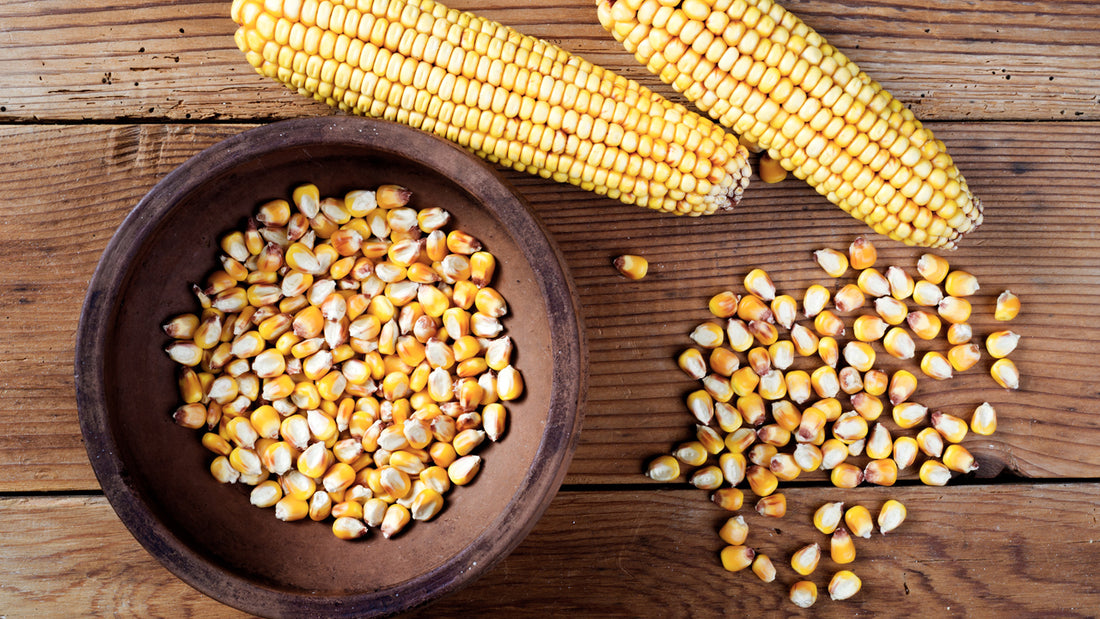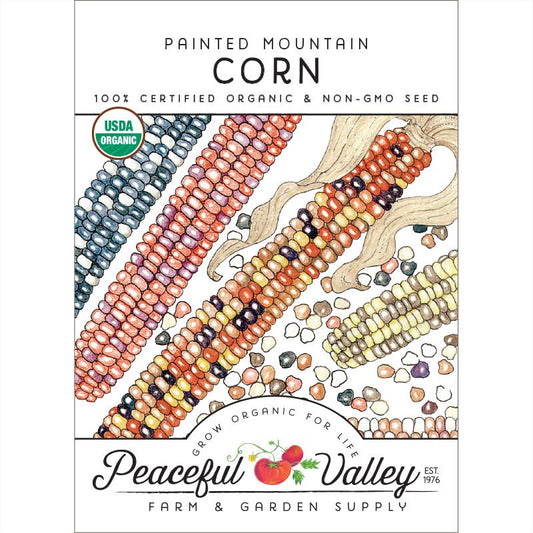Hominy: Unveiling the Age-Old Process of Transformation
Hominy, a revered staple in various cuisines, undergoes a fascinating transformation through an ancient process known as nixtamalization. Derived predominantly from field corn, this technique of treating corn with an alkaline solution offers a multitude of culinary possibilities, from simple side dishes to intricate recipes like soups and stews. Let’s delve into the intricate process of making hominy, a time-honored culinary tradition that removes the hulls and brings forth a versatile ingredient for diverse hominy recipes.
Understanding Field Corn's Role in Hominy Production
Field corn, distinct from sweet corn, serves as the primary ingredient for producing hominy. Unlike sweet corn, which is harvested when kernels are in their immature and sweet stage, field corn is left to dry on the cob until the kernels harden. Once the kernels are thoroughly dried, they are ready for the transformative journey into hominy.
Nixtamalization: The Alchemical Process Behind Hominy
Nixtamalization, an age-old technique practiced for over millennia, involves soaking dried corn in an alkaline solution. Traditionally, wood ash or slaked lime derived from limestone facilitated this process. In modern times, food-grade lime or pickling lime available at grocery stores have become go-to alternatives for creating the alkaline solution.
The process begins by preparing the alkaline solution, where the corn kernels are submerged. This alkaline bath triggers a reaction that effectively removes the hull and germ from the kernels. Beyond mere physical changes, this process enhances the nutritional value of the corn, making essential nutrients like niacin more accessible for human consumption.
Making Hominy: A Step-by-Step Guide
- Corn Preparation: Start by selecting dried corn kernels , ensuring they are free of moisture. If using homegrown or bulk-purchased corn, ensure it’s specifically field corn ( Hopi Blue Dent or Glass Gem) suitable for nixtamalization. Remove any debris or broken kernels to ensure uniform soaking.
- Alkaline Solution Preparation: Prepare the alkaline solution by dissolving food-grade lime or pickling lime in water. This solution should be ready before adding the dried corn.
- Soaking Process: Immerse the dried corn kernels in the alkaline solution. Traditional methods involve allowing the corn to soak for an extended period, sometimes up to a day or more, until noticeable changes occur in the kernels.
- Boiling or Simmering: To expedite the process, some opt for a brief boil or simmer after soaking. This step helps speed up the transformation, breaking down the tough hulls and allowing for easier removal.
- Hulling and Rinsing: Once the soaking or boiling phase is complete, the corn is meticulously rinsed. This step involves washing away the softened hulls, revealing the transformed hominy kernels.
- Storage or Utilization: The freshly made hominy can be used immediately in various recipes or stored for future culinary endeavors. Store it in airtight containers, refrigerate for short-term use, or freeze for prolonged preservation.
The Versatility of Hominy in Culinary Creations
Hominy’s transformative journey unlocks a world of culinary possibilities. Once transformed, it can be finely ground to create masa for tortillas or used in recipes like pozole, a traditional Mexican soup/stew featuring hominy as a primary ingredient. Additionally, it can be incorporated into side dishes, adding texture and flavor to various meals. Its adaptability extends to being a key ingredient in crafting crispy and delectable tortilla chips.
Hominy’s Culinary Legacy
Hominy, born from the ancient practice of nixtamalization, stands as a testament to culinary evolution. Its preparation involves an intricate process that not only removes the hulls but also enhances nutritional value. From its role as a versatile ingredient in soups and stews to its presence in snack foods like tortilla chips, hominy continues to showcase its relevance and time-honored legacy in diverse cuisines worldwide.





2 comments
Why did you cook the hominy 2 hrs after boil, simmer and soak. I’ve done a few batches without that step and wonder if I’m missing something. I’ve had decent grits but I’m looking to improve.
I put my freshly rinsed hominy in a dehydrator 12 plus hrs then is ready to grind. We have a flower mill called a Fidibus. It turns out grits as coarse or fine as you want. Check it out!
I bought the dried hominy in a bag at a Mexican market. I brought them to simmer in lye water for 30 minutes and let it soak overnight. I rinsed thoroughly and cooked in fresh water for two hours. I drained and am drying it so I can make grits by grinding it. I’d like any suggestions to make grits.